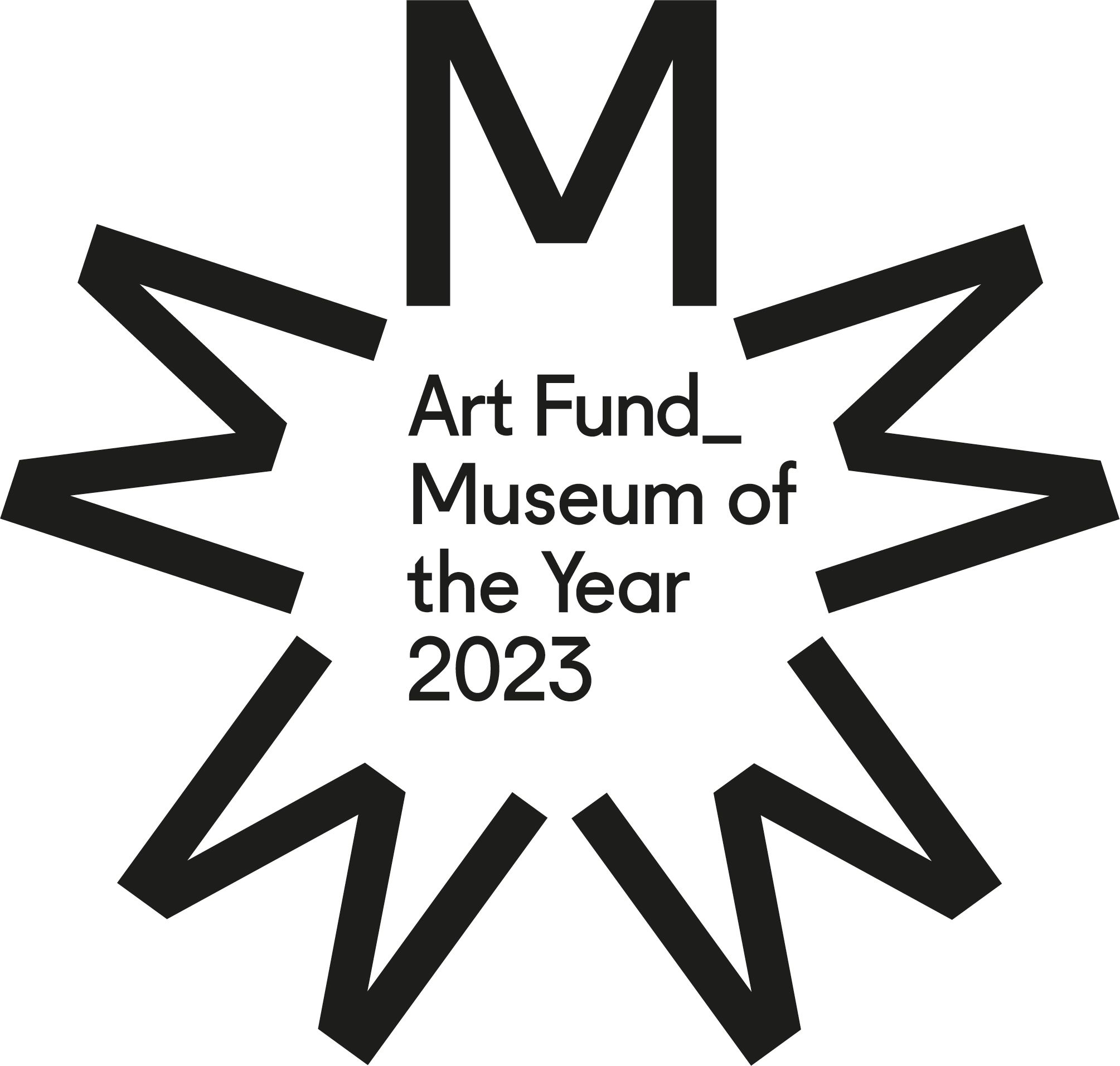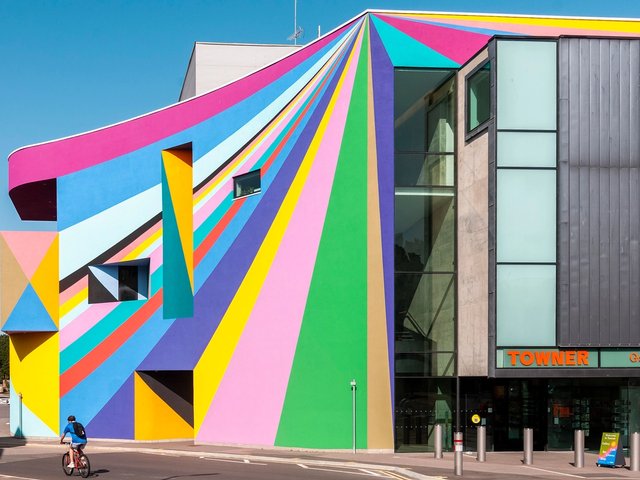This is the tenth year of the Art Fund’s Museum of the Year – but prizes for UK museums have a much longer history. An annual award has been taking place for 50 years, since a small charity called National Heritage (not to be confused with the many groups that have similar names) started a prize, which awarded the winner £2,000 and a Henry Moore-designed statuette.
By the turn of the millennium, it was felt that something more substantial was required. National Heritage joined with Art Fund, the Museums Association and the Campaign for Museums; several smaller museum prizes were merged into one and the Calouste Gulbenkian Foundation provided a £100,000 top prize, one of the most generous arts awards in the world. As David Barrie, the then director of Art Fund, told the Guardian in 2007: “It’s important… that the prize is a fairly decent sum of money, which can help to do something great, not just a bauble to sit on the mantelpiece.”
The award went through several further iterations before it was relaunched as Art Fund Museum of the Year in 2013, but its substantial first prize has remained. Indeed, this year it has been bumped up to £120,000 to mark 120 years of Art Fund’s support for museums. The remaining four shortlisted finalists will get £15,000 each.
The money makes a huge difference. Hadrian Garrard, newly appointed
director of the first winner, William Morris Gallery in north-east London, says: “Winning the award in 2013, just after [the museum] had undergone a major redevelopment, brought recognition for the many people that work here – our volunteers, supporters and local communities – at a crucial time for us. It allowed us to invest into initiatives that have helped to secure the gallery’s long-term future. In the last ten years, we have built on this success and expanded our audiences locally, nationally and globally.”
The exposure is also vital, says Art Fund’s director, Jenny Waldman, boosted by the fund’s marketing muscle and its 135,000 members. Recent research conducted by the charity has found that two-thirds of the museums shortlisted in the last 10 years saw higher visitor numbers, which is crucial as the UK’s museums struggle to recover from the impact of the pandemic. For example, the 2019 winner St Fagans National Museum of History in Cardiff reported a 65 per cent increase in visitors, while The Hepworth Wakefield (2017 winner) saw 22 per cent more. The CCA Derry~Londonderry (shortlisted 2021) is now being namechecked in guided tours of the city, when before it had been ignored.
“That’s a tribute to them for using the opportunity of being shortlisted to sing about themselves locally, regionally and nationally,” says Waldman, “It’s a way for people to discover museums that they didn’t even know about in the heart of their communities.”
Bigger visitor numbers also help museums when they’re advocating for funding, whether that’s from central government, the Arts Council, local councils or universities, says Waldman. Garrard agrees, saying that William Morris Gallery winning the award helped to secure “ongoing commitment” from Waltham Forest, the London borough which owns and operates the museum.
Of course, different museums have different needs. As every year, the shortlisted museums in 2023 cover the length and breadth of the UK and vary greatly in size and scope. How do you go about comparing apples (the Natural History Museum, the most-visited museum in the UK last year) with oranges (the tiny Scapa Flow Museum on remote Orkney)?
“It’s, remarkably, not a problem,” says Waldman. “You’re looking for the same kind of creativity, invention, ideas, passion, energy, commitment, and the embracing of community, supporters and artists… You get that whether it’s large- or small- or medium-scale, whether it’s an art museum, a history museum or an arts centre. You can just recognise what is special about museums wherever they are and whatever scale.”
• The winner of Art Fund Museum of the Year 2023 will be announced on 12 July in a ceremony at the British Museum





